Collectors, historians, and others who love Japanese martial arts alike might be interested in adding a real samurai sword, likely a katana sword, to their collection.
But there are many wallhangers out there that are little more than expensive decorations, and which will break if used for real swordplay.
This is no joke and these wallhanger swords can be quite dangerous if put to any real application.
Hence, forget what the thing looks like. It can come with a lacquered, inlaid saya and have a beautiful rayskin wrap and be a true work of art, but if it lacks what this article mentions, it is not real and should not (and cannot) be used for live swordplay.
It’s Made from Quality Steel
Traditionally, real samurai swords (not just Samurai katana, but wakizashi, odachi swords and tanto patterns) were made with a grade of steel called tamahagane.
This steel was capable of taking a differential temper (more on this in a second), and had sufficient carbon to take and hold a sharp edge.
In the modern era, true tamahagane, which is made from iron sand, is rarely used. Most modern smiths of Japanese swords use alloys in the 10XX class, or spring steels, like 5160, to produce their swords.
These are better grades of steel with more precise steel chemistry, and they yield harder, stronger, and more flexible swords – which makes them not only real but potentially better than the historical analog.
It Has a Full Nakago Secured with a Mekugi
The tang of a Japanese sword is called a nakago. It fits into a recess in the tsuka (hilt) and is secured, crosswise, with a small bamboo pin called a mekugi.
This method of securing the tang is not necessarily better or worse than the techniques used in the west, but it isn’t a “real” samurai sword if it doesn’t have this feature.
Moreover, a full nakago is necessary, and not just a historical aspect. If the tang is too narrow, the entire blade stock will be very fragile at the shoulder.
A full nakago is necessary because it will yield the strength necessary to result in a real sword that can stand up to the rigors of live swordplay and hard use.
This is likely the most important aspect mentioned here. Make sure you can look into the construction of the sword – before you buy.
It Has a Real, Differential Clay Temper
Real samurai swords are given a clay temper (a process known in Japanese as yaki-ire) using a combination of clay, stone powder and charcoal powder.
The process of clay tempering slows down the rate at which different parts of the blade (specifically the edge and the spine) cool, and leaves a distinctive pattern on the blade near the edge known as the hamon, or hamon line.
The purpose of clay tempering yields a harder edge that is better at staying sharp, but somewhat softens the spine so that the sword does not snap or shatter when struck.
In other words, the clay tempering process results in a sword that stays sharp for longer but which is physically durable, and flexible, enough to withstand repeated impacts.
Some modern samurai swords are made without a clay temper, but they are tempered nonetheless and have a real hamon. Don’t put good money into anything less than a sword that has a clay temper, if not at least a true differential temper, even if a different process is used to achieve it.
Where to Get a Real Samurai Sword?
Interested in learning more about some real samurai sword patterns, or in adding one to your collection? Visit True Swords.
They carry a wide range of unique and beautiful patterns, many of which are battle-ready, with full tang construction and appropriate temper.
Check out their collection of real swords via the previous link.
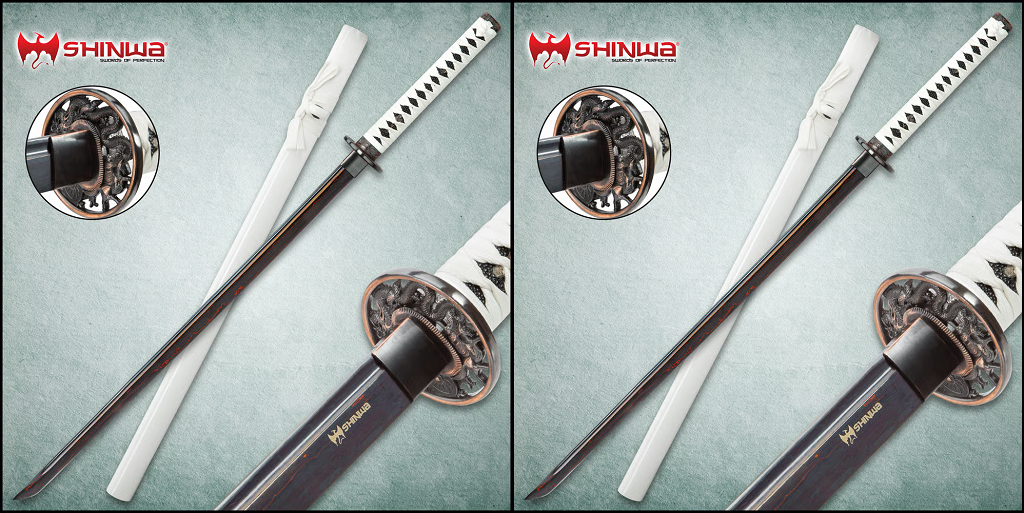





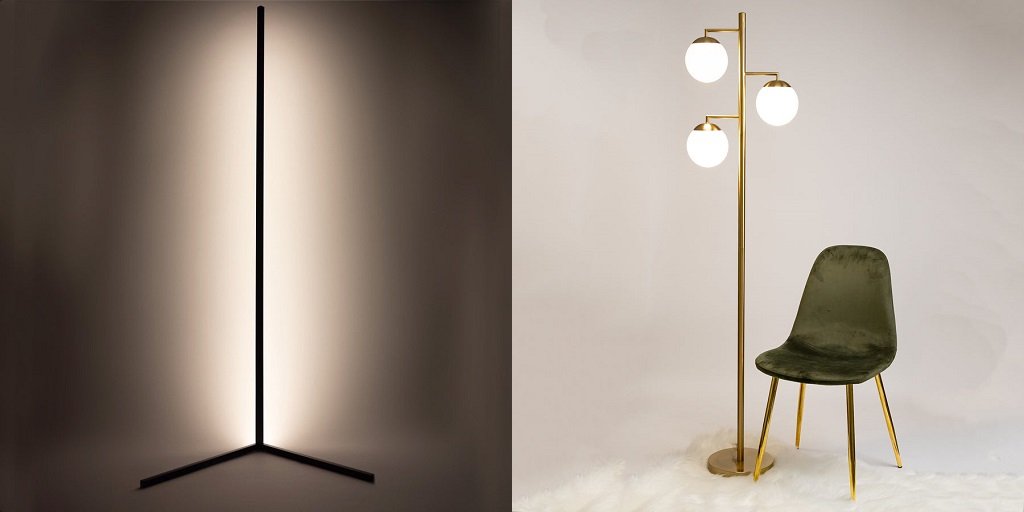
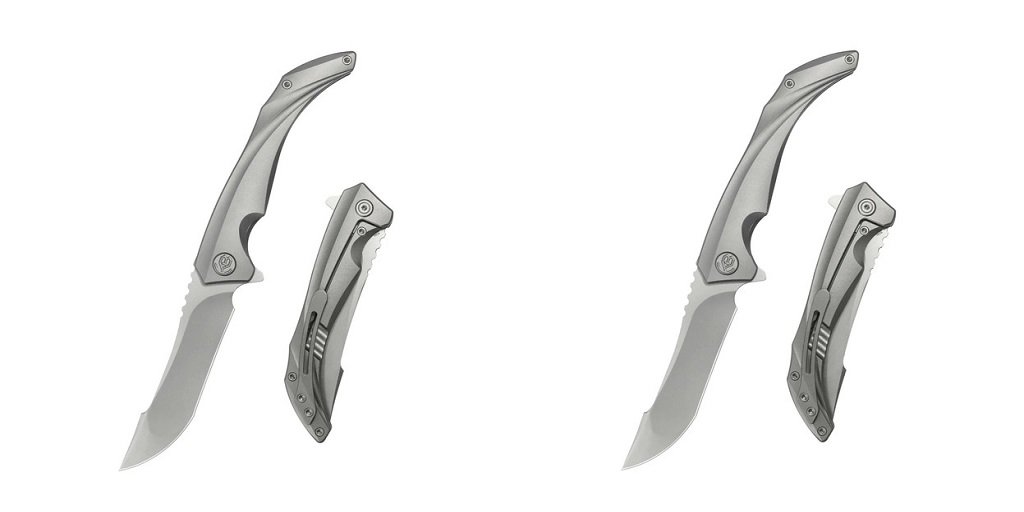
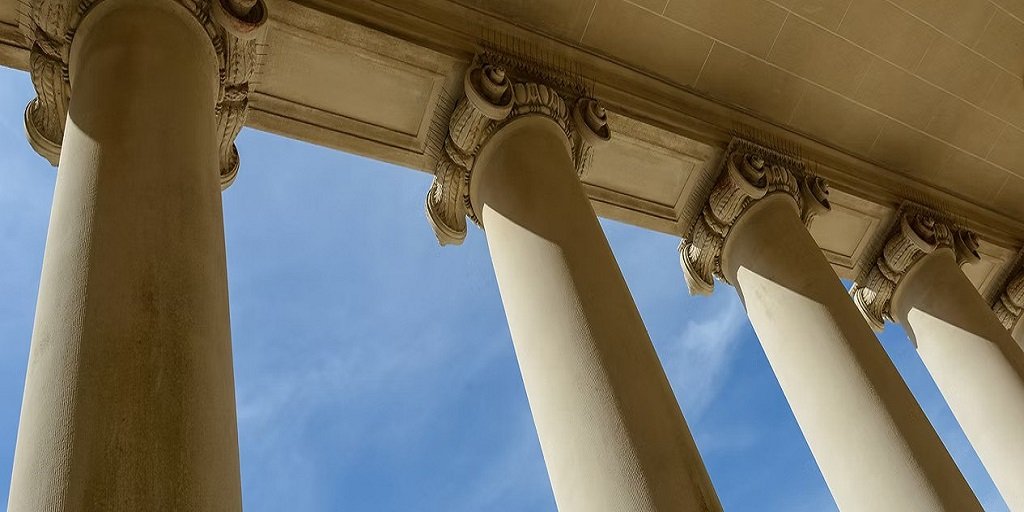

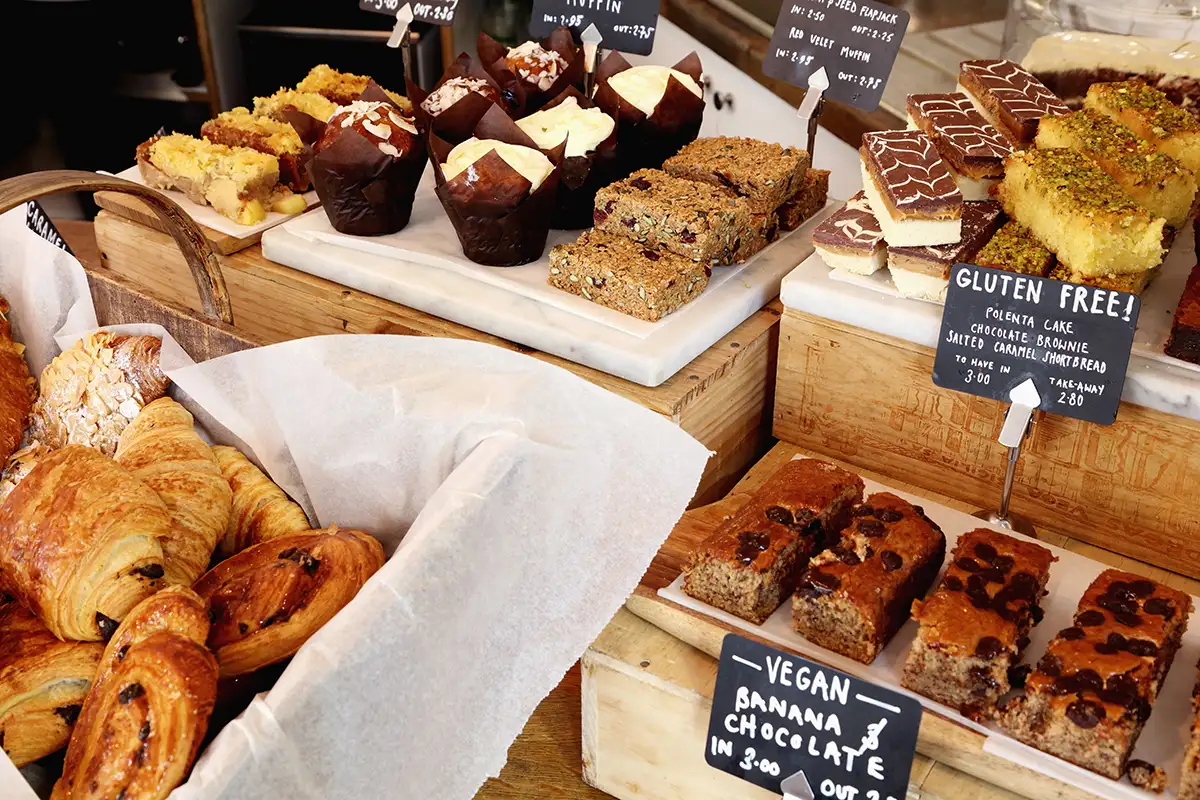
Leave a Reply